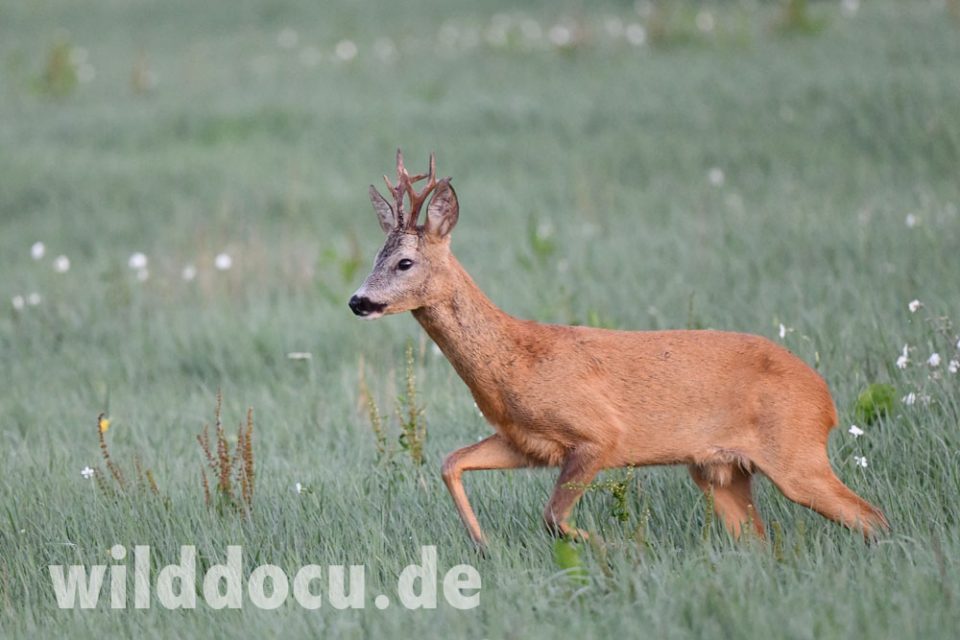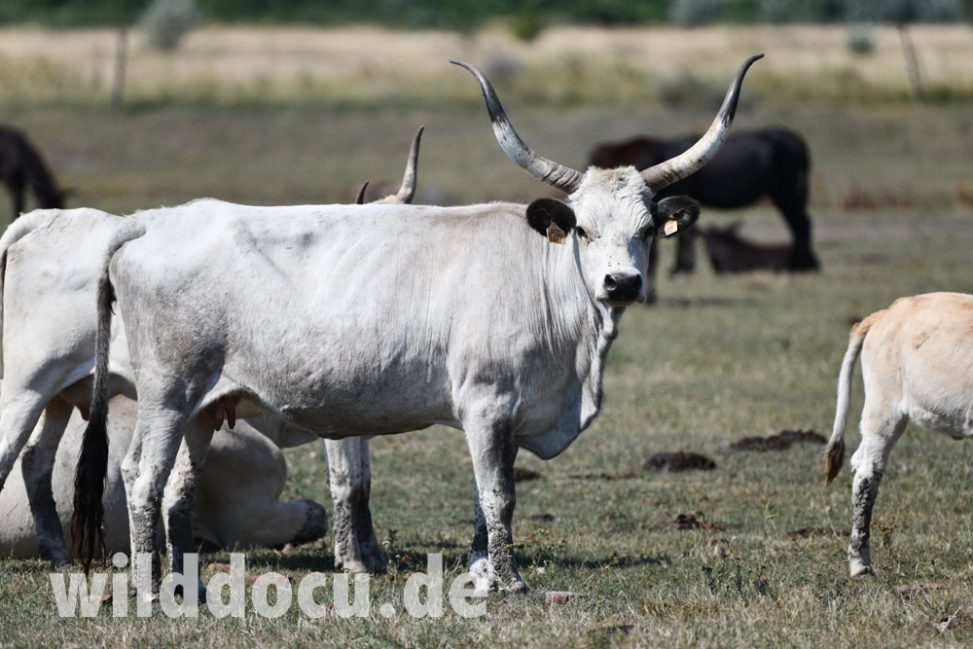5.8.: Coming from Slovakia my next stop is Aggtelek National Park in Northern Hungary. I stay at a lovely hostel, where I am the only guest. It rains and I decide: It‘s a cave day.
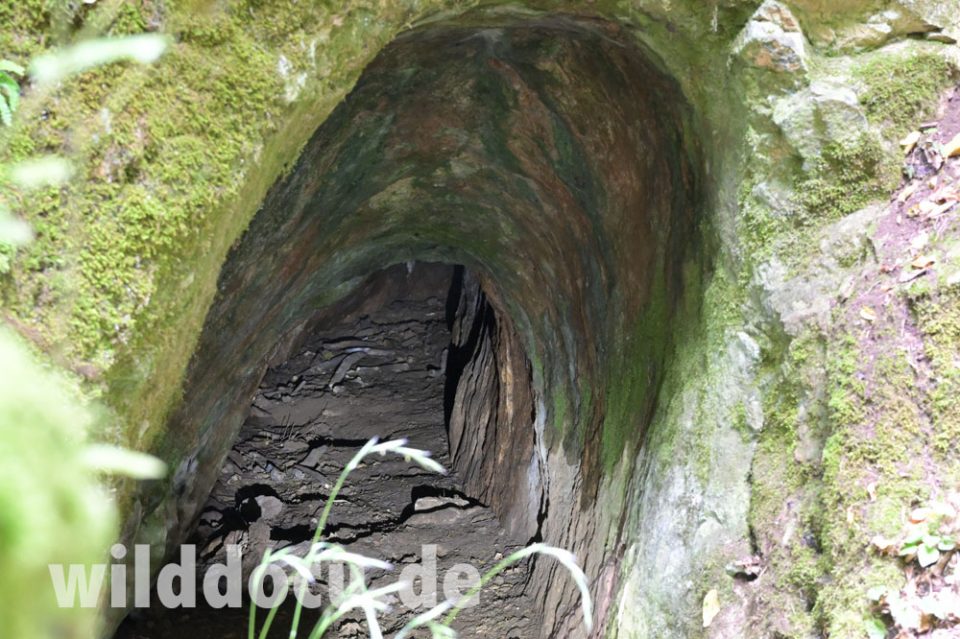
There are a few around, and after a short walk through the forest I stand at the entrance of the first one. After 20 metres of crawling, I notice fresh digging activity – and at the same moment some grumbling noices. It had taken me minutes to evolve a scrambling technique that saves my camera, torch and pants from mud, but it takes only seconds to get out of that cave again …
The noice could have come from a bear, which are certainly common north of the border in Slovakia and could appear in Northern Hungary too. But I suppose a badger is more likely. The second cave is even less accessible – unless you are a speleologist with appropriate gear. I find the lower jaw of a young Wild Boar (Sus scrofa) at the entrance. The third cave is buried – and I am not in the mood anymore to dig out a bear.
Back at the guesthouse, I talk to Anna, the caretaker. She tells me that the building harbours a bat colony under the roof. Anna shows me the way to the stairs and calls it a day. She slips a key ring into my hands and says: “It’s all yours. I am back tomorrow at eight.” Wow! O.k., let’s play with the bats.
The bats under the roof are Lesser Horseshoes (Rhinolophus hipposideros) – maybe a hundred. The roof is low and some of the bats hang at eye level. Great to watch! (It is for the safety of the bats, that I don’t want to write down here, where exactly I stayed.)
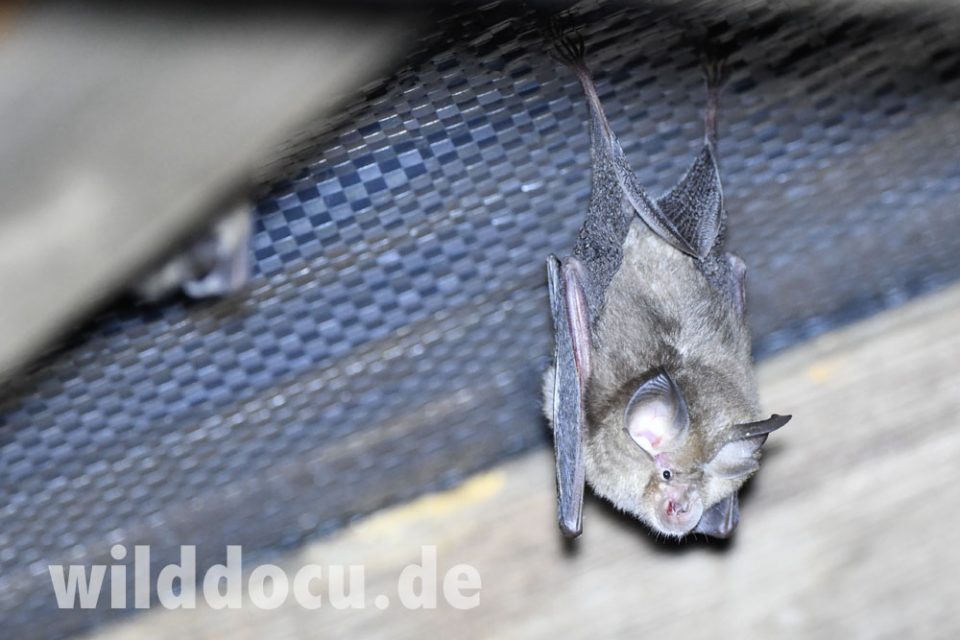
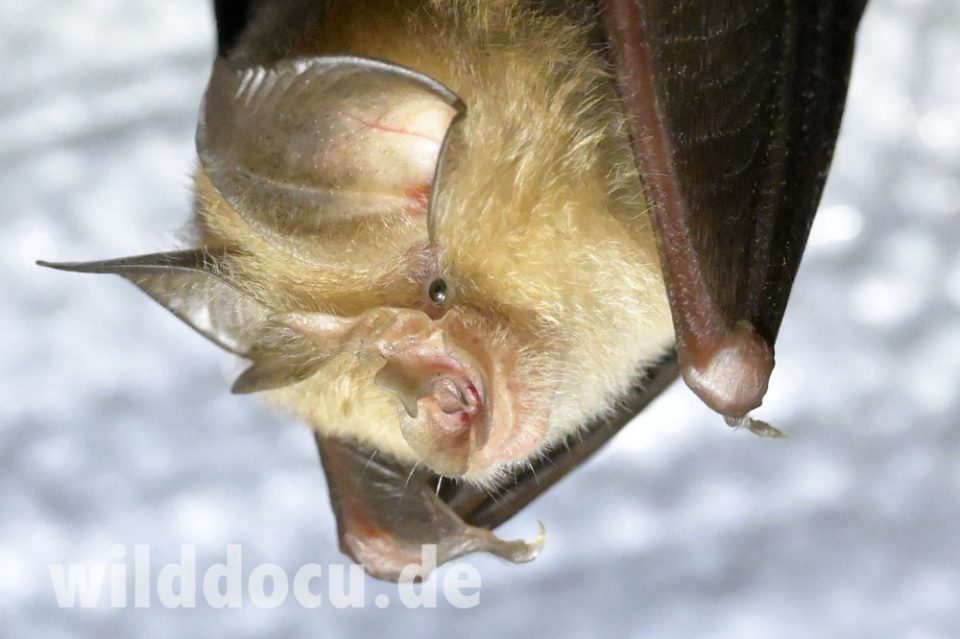
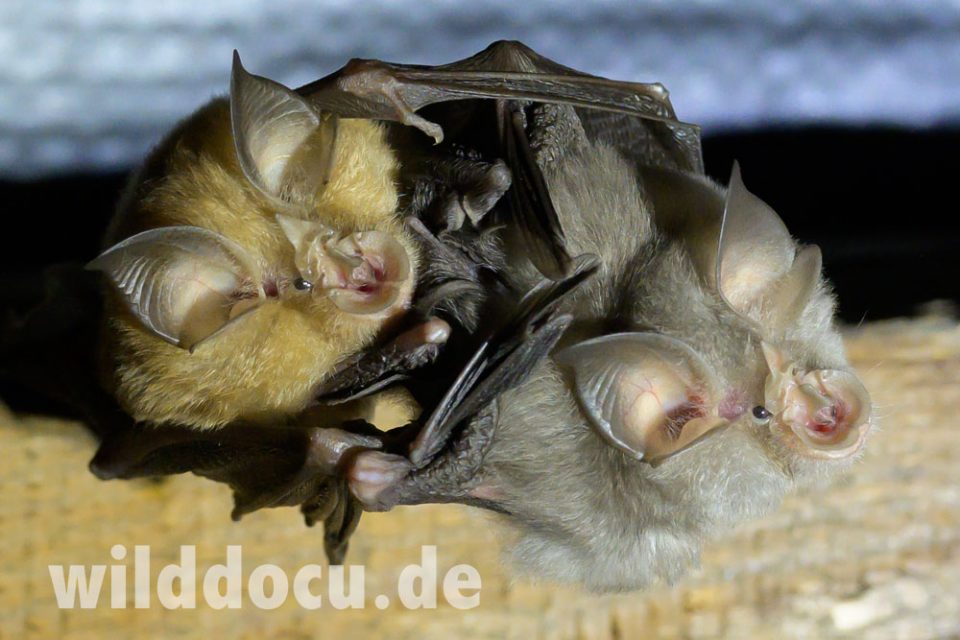
There are also scats of a Stone Marten (Martes foina). Bird of the day is a Sombre Tit, feeding on a Siberian Thistle.
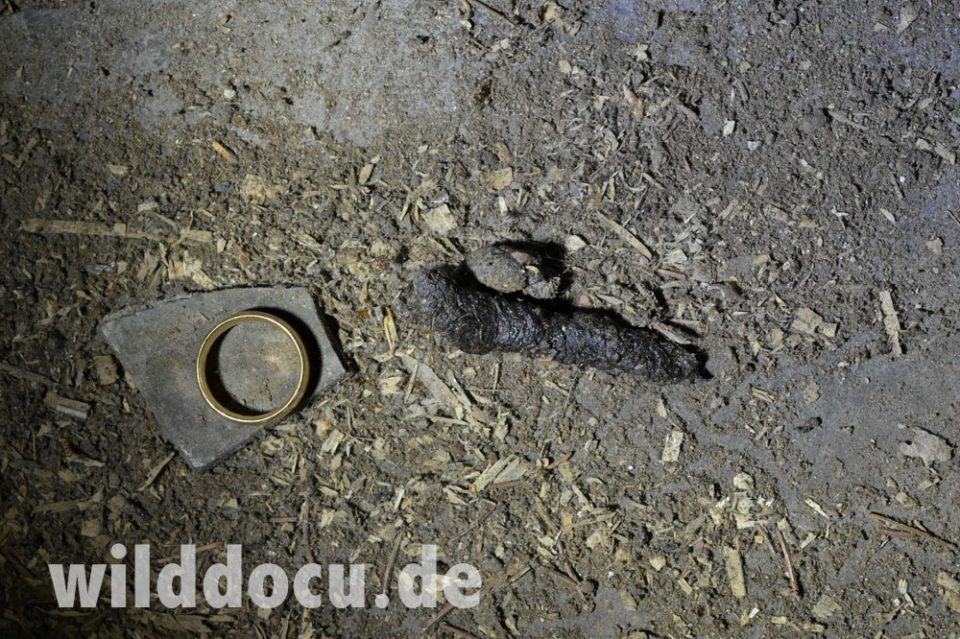
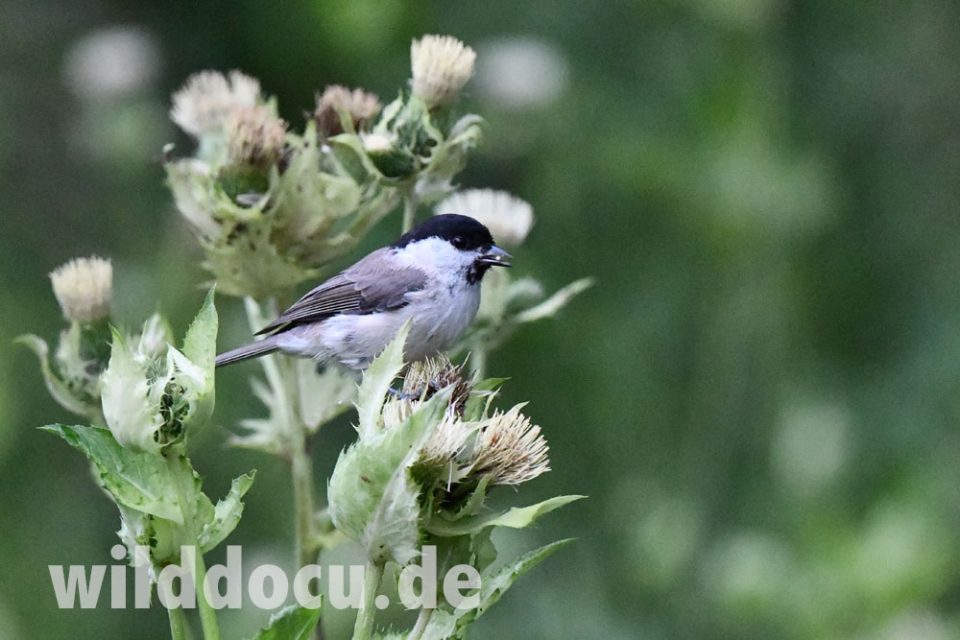
Later the night brings it to light: two or more European badgers (Meles meles) in the garden; a Red Fox(Vulpes vulpes), many Wood Mice – probably all Apodemus flavicollis, a Brown Rat (Rattus norwegicus) and a Field Vole (Microtus agrestis).
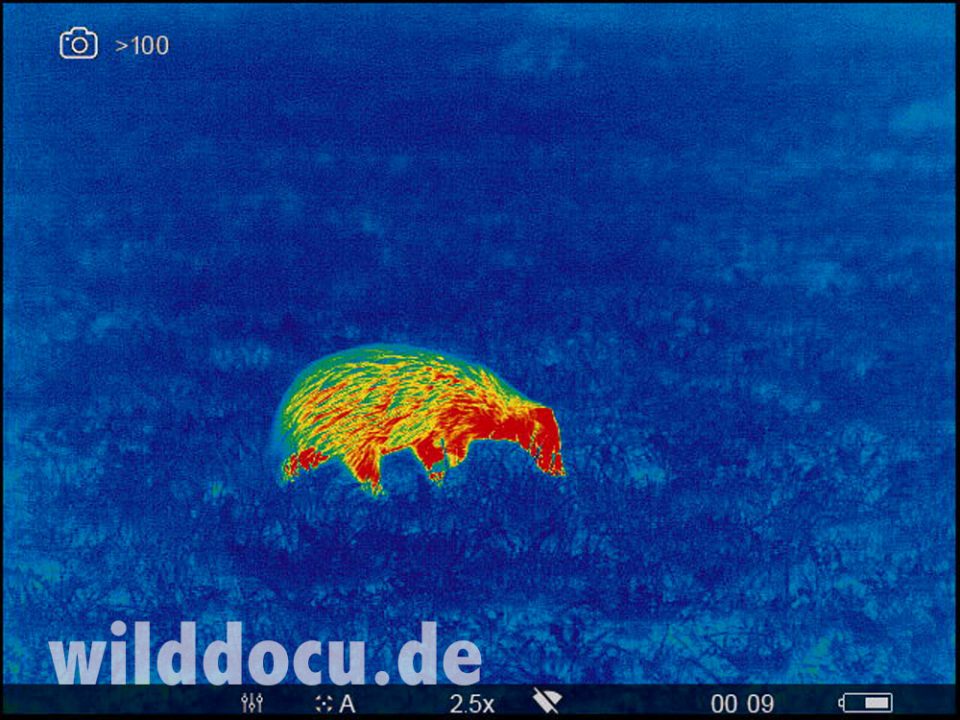
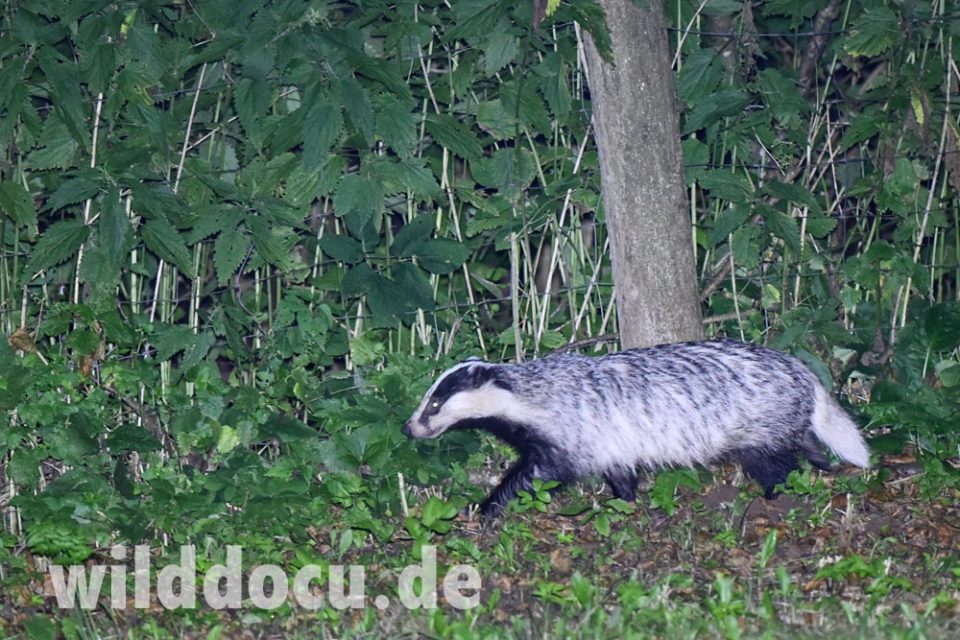
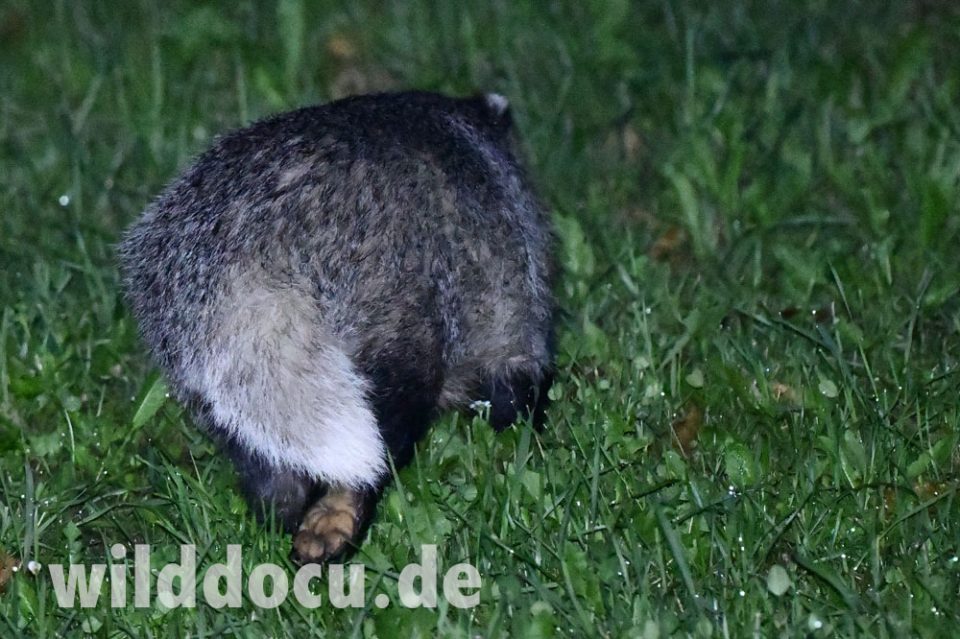
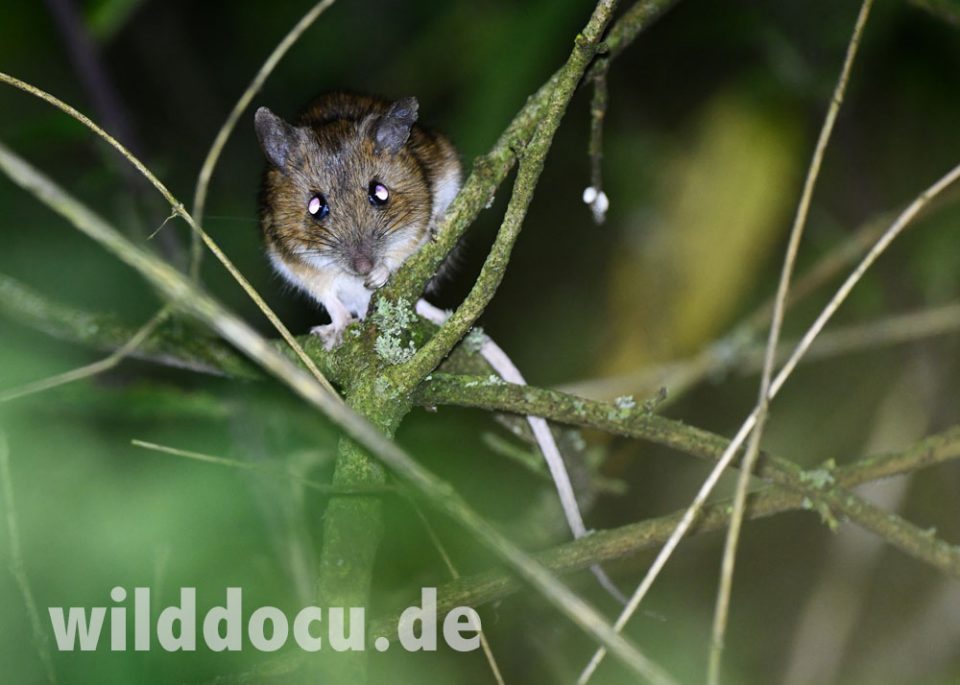
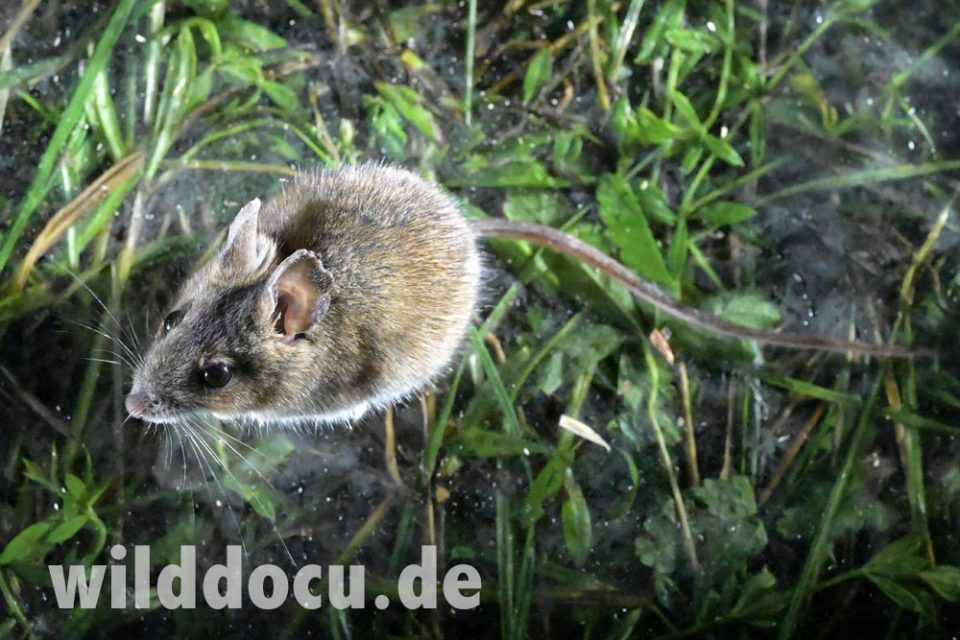
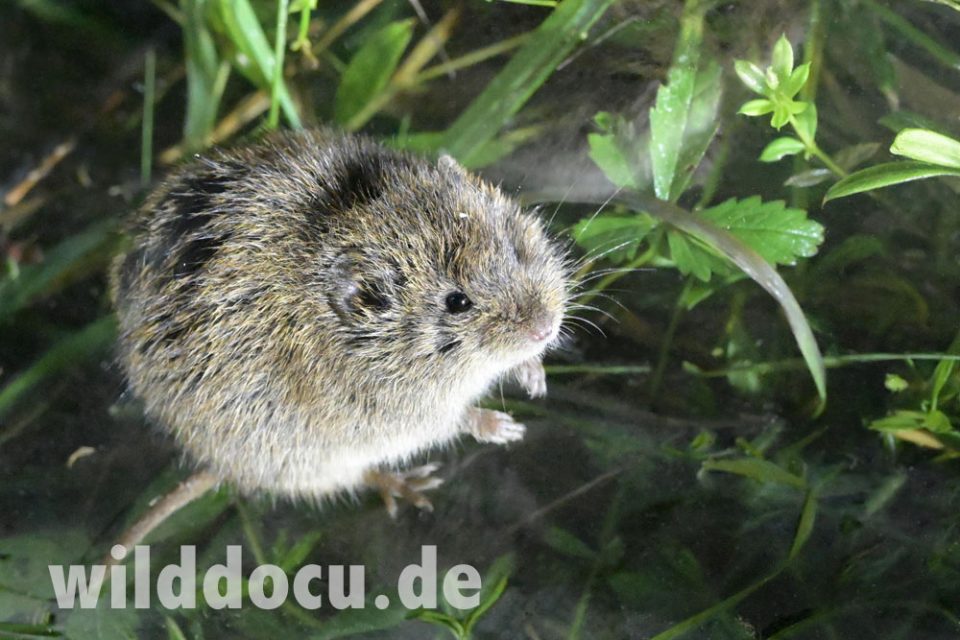
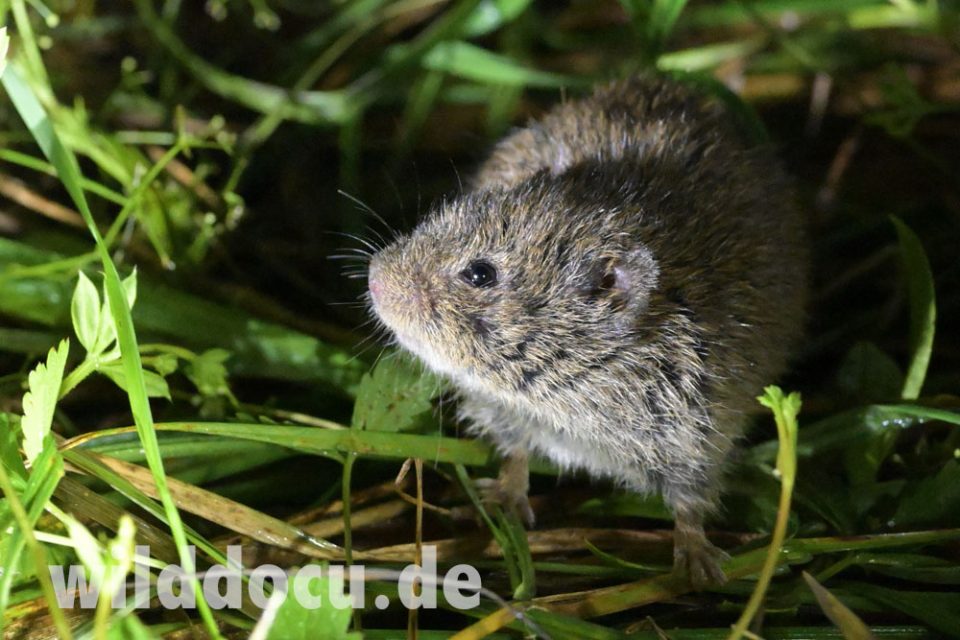
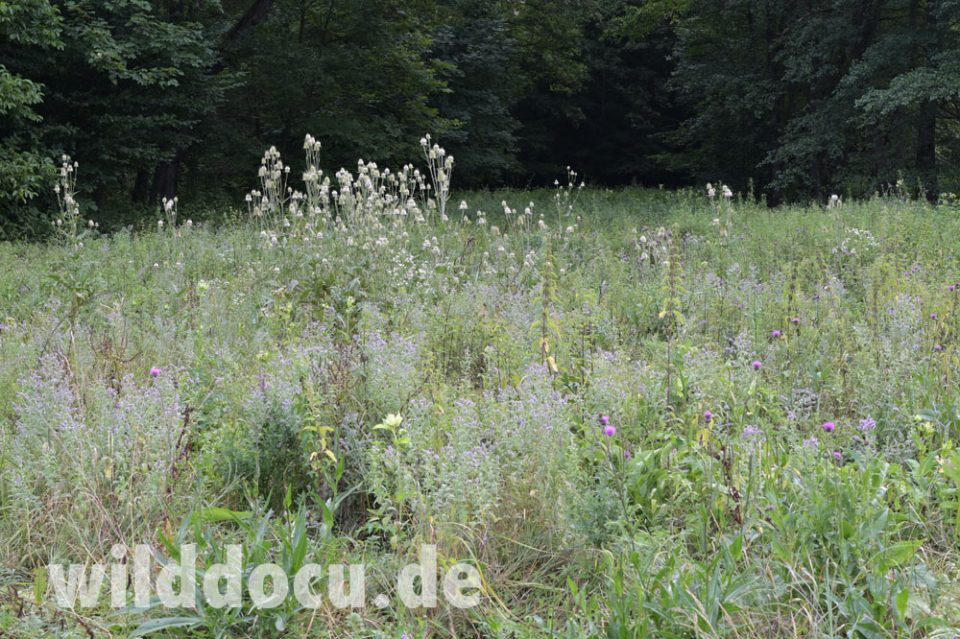
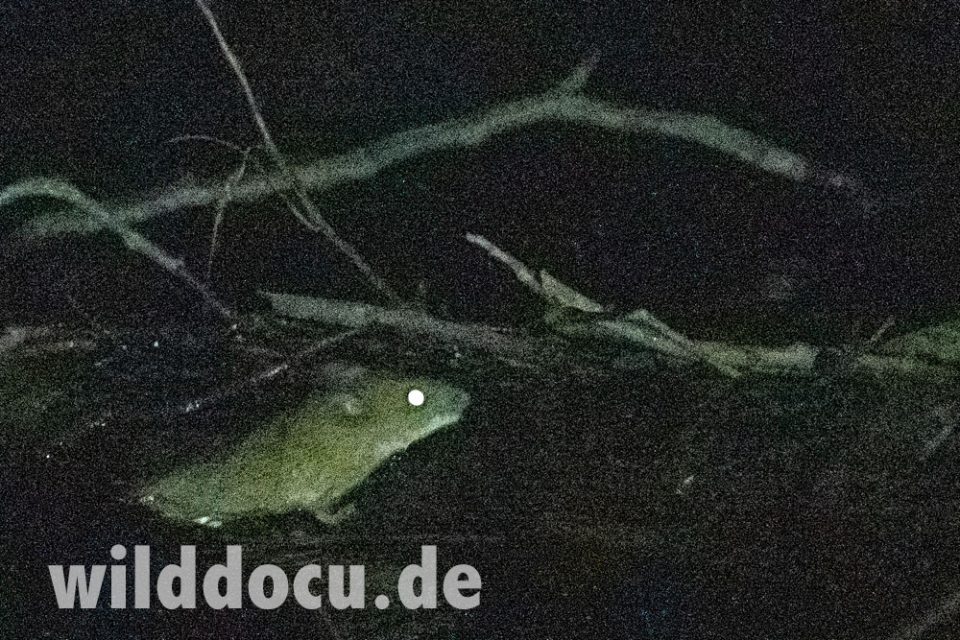
And the bat detector lists: Common Pipistrelle (Pipistrellus pipistrellus) and Soprano Pipistrelle (Pipistrellus pygmaeus). And there is potential for more species as I record also Parti-coloured Bat (Vespertilio murinus) and Lesser Noctule (Nyctalus leisleri). But both species I get to see on the detector only once. At 1:30 I call it a day.
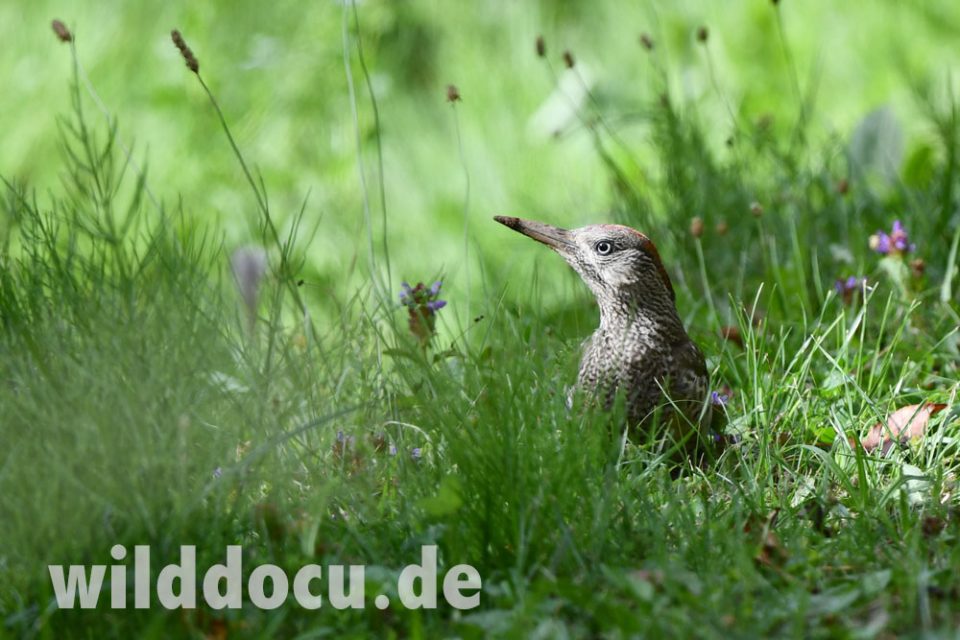
6.8.: I take it easy this morning. Birds that join me for breakfast are a juvenile Green Woodpecker and a weight-lifting Eurasian Jay.
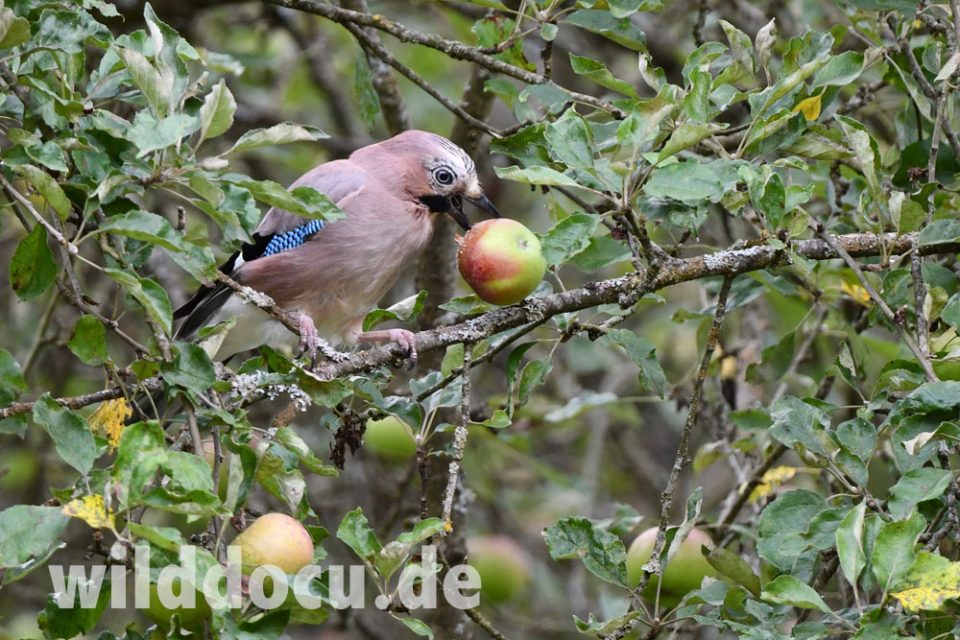
And the tour must go on! Next stop is another cave near Lillafüred in Bükki National Park. It is an easy to enter cave with a high ceiling – at least for the first 30 metres. There is a cluster of far more than 100 bats.
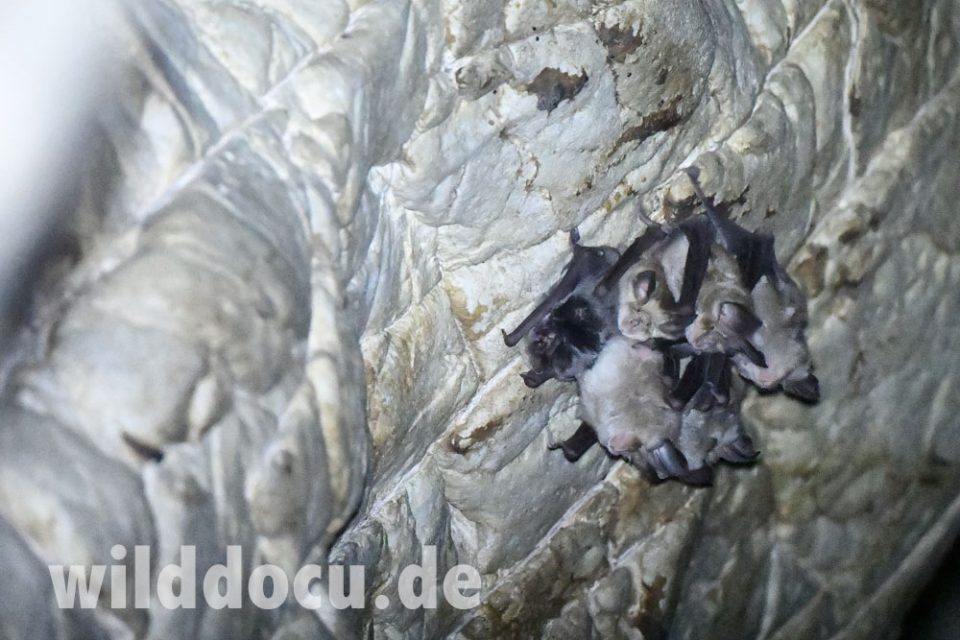
Most of them are probably Mediterranean Horseshoe Bat (Rhinolophus euryale). Within the cluster I identify one Common bent-wing Bat (Miniopterus schreibersii).
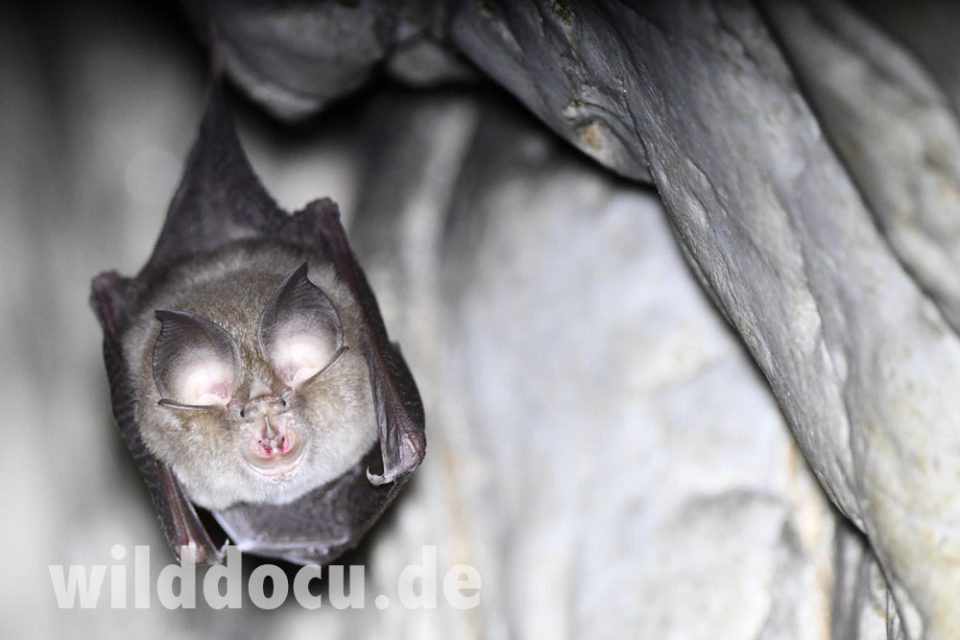
I get a single Lesser Horseshoe (Rhinolophus hipposideros). One other horseshoe has a very contrasty pelage. Could it be a Mehely’s Horseshoe Bat (Rhinolophus mehelyi), which is not known so far north? Eventually it turns out to be a Mediterranean Horseshoe Bat.
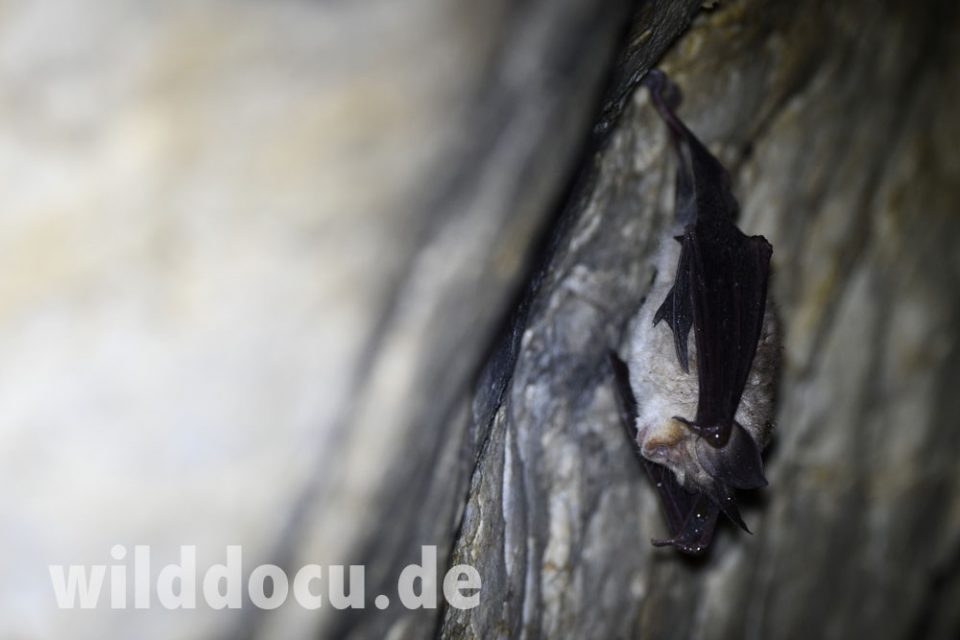
Moreover the bat detector indicates: Soprano Pipistrelle (Pipistrellus pygmaeus) and a Daubenton’s Bat (Myotis daubentonii), which I can’t detect visually.
In the afternoon I drive towards Hortobagy National Park. At the visitor information centre in they send me to Szálka halom nature trail to see Souslik.
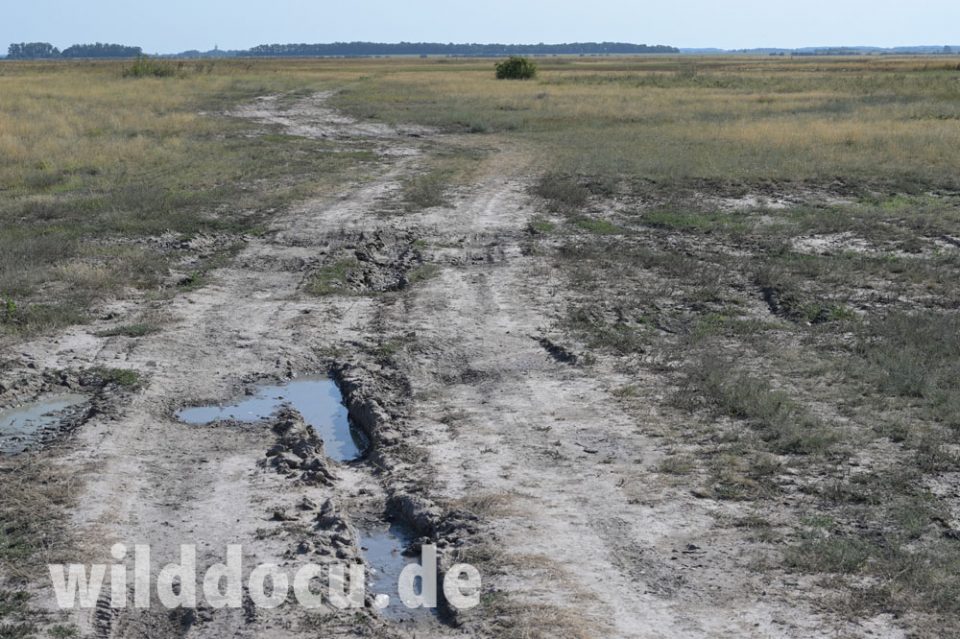
The trail leads to a grove and then gets lost. Behind is a agricultural complex in a rather depressing state: Some buildings have fallen into ruins; tons of dung pile up; where there should be the nature trail, there are only tractor tracks. Hundreds of rooks contribute to the gloomy atmosphere. Later I read the colony here is Hungary’s largest. Ground squirrels don’t show up. I find not a single animal. This area is so small, at the visitor centre they must have known that this species is gone.
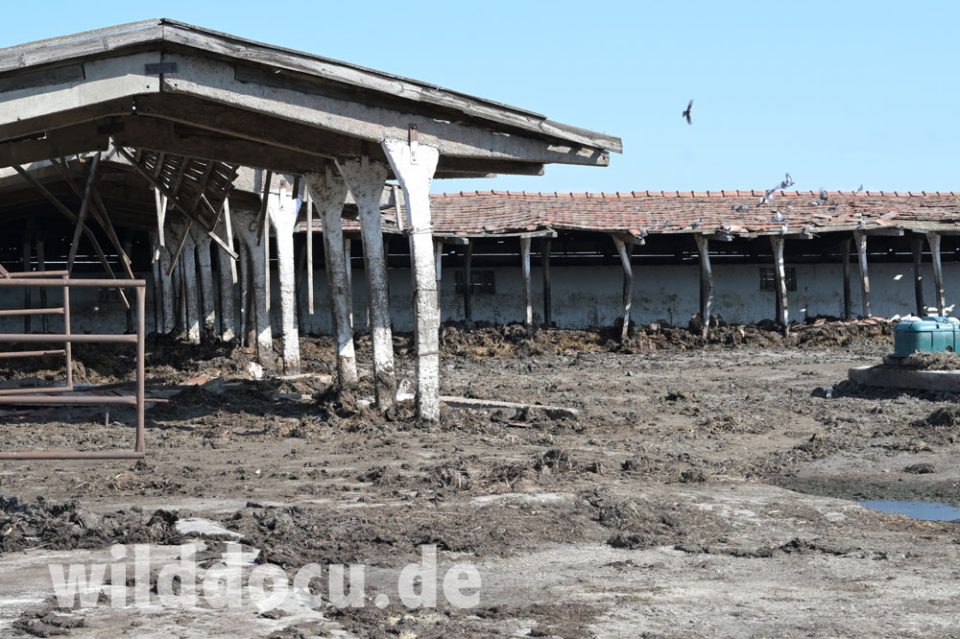
What makes my day is the colony of Red footed Falcons, which the grove at Szálka halom is also famous for.
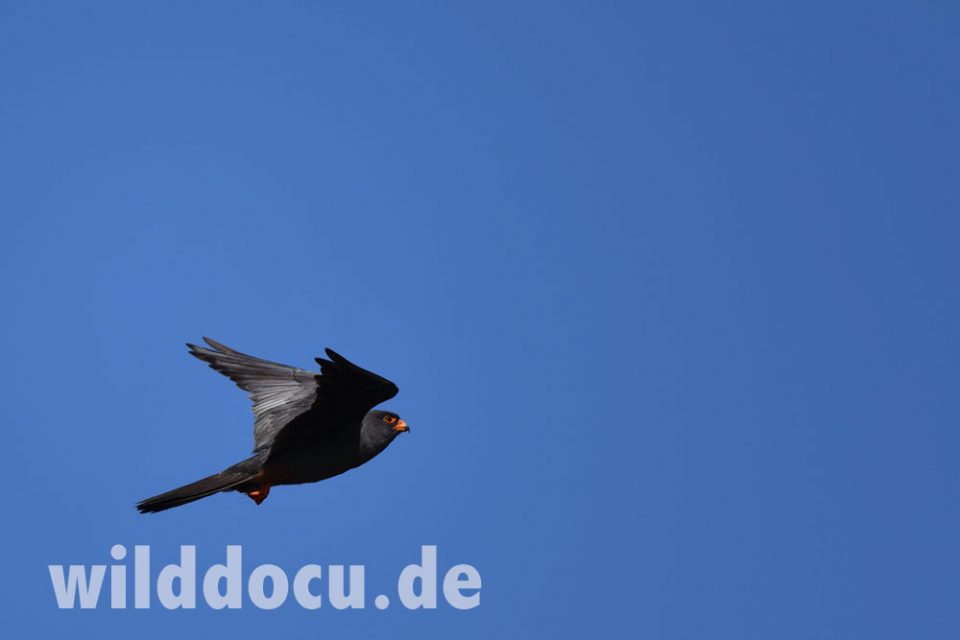
An information board says, numbers are declining, but I find many juvenile birds, that are easy to approach. Beautiful birds!
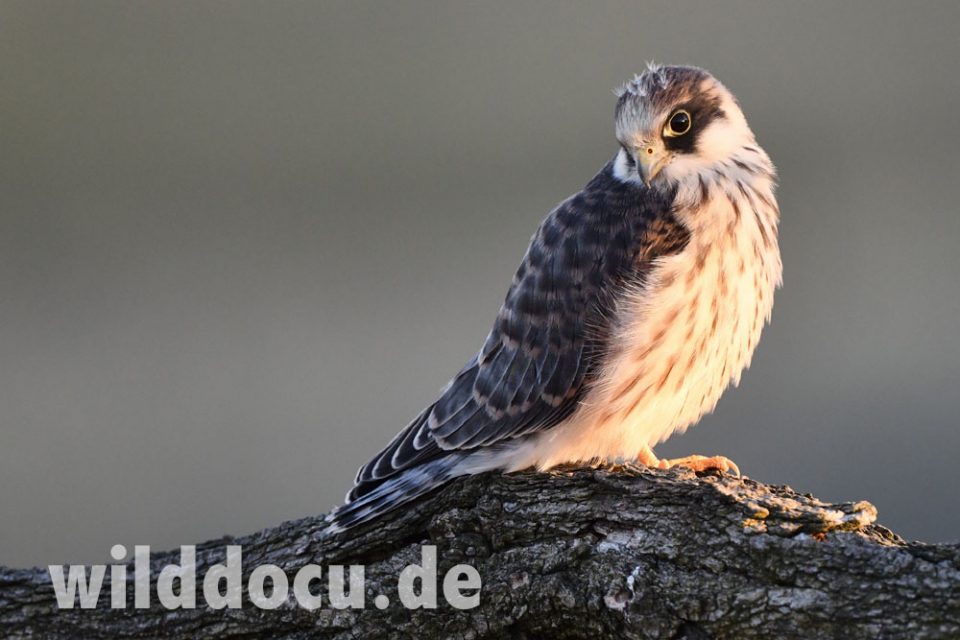
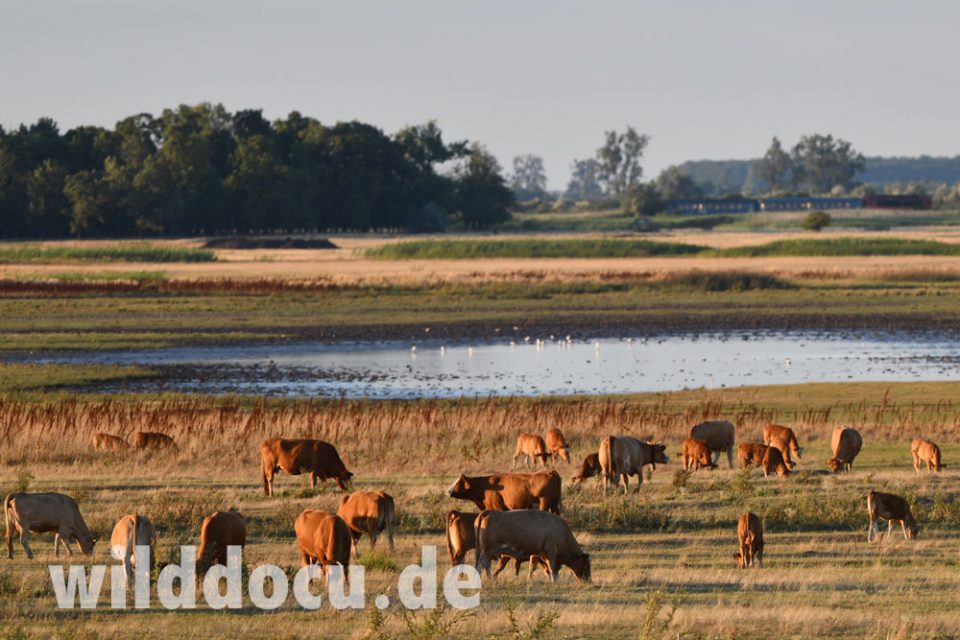
At sunset I wait at a lookout for my mammals. A few European Hares (Lepus europaeus) and Roe Deer(Capreolus capreolus) are around, but not many. Later at night not a single rodent appears. On the way back I find at least two Northern white-breasted Hedgehogs (Erinaceus roumanicus).
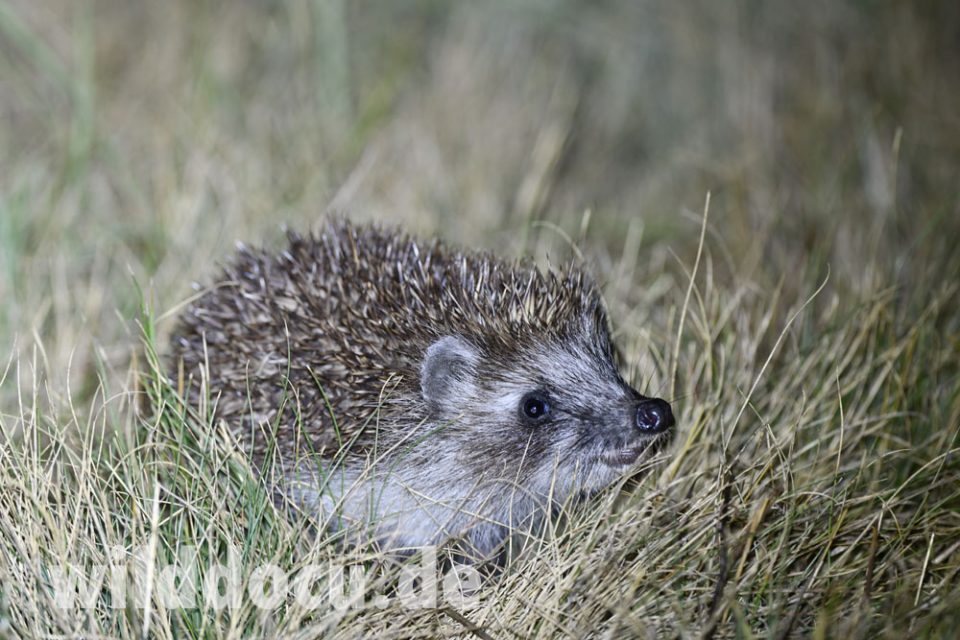
The younger of the two lets me see its incisors.
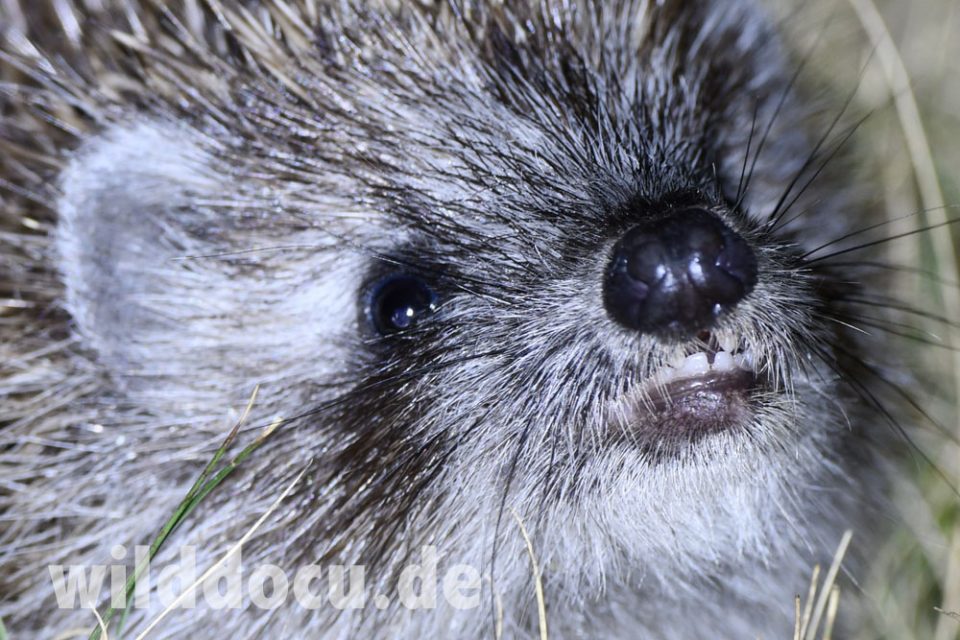
7.8. I start early to walk along the so called fish ponds, which are famous for their birds. Mammal-wise you could mention some domesticated water buffalos, a slimy scat of a mustelid and some borrows of voles. After breakfast I stop at one other site, a watch tower at 47.590737, 21.343539, where I see a herd of Hungarian Steppe Cattle in the distance. Then I’m off to Romania.
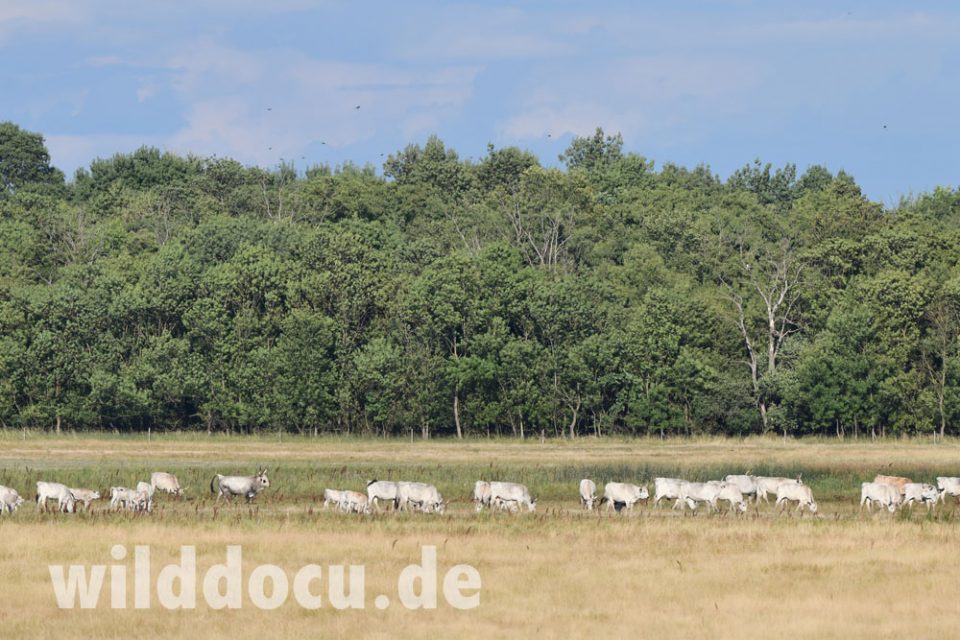
11.8. In the evening I am back from Romania. I arrive at the Hortobagy campground and soon after I go on a night walk just opposite the camp. I see roe deer, hares and a hedgehog. Again I don’t find mice, except one, which is so deep behind twigs, that I can’t id it. On my way back I find myself blocked by a swamp and eventually inside a private property in front of a gate – from the inside! An automatic light turns on, dogs bark, and I just can’t help myself, but climb over the gate. Puh! I wouldn’t have blamed the dogs, if they ripped off my pants …
12.8. I visit the village of Konya, where I have again the chance to marvel at Hungarian Steppe Cattle. Again many buildings are in ruins.
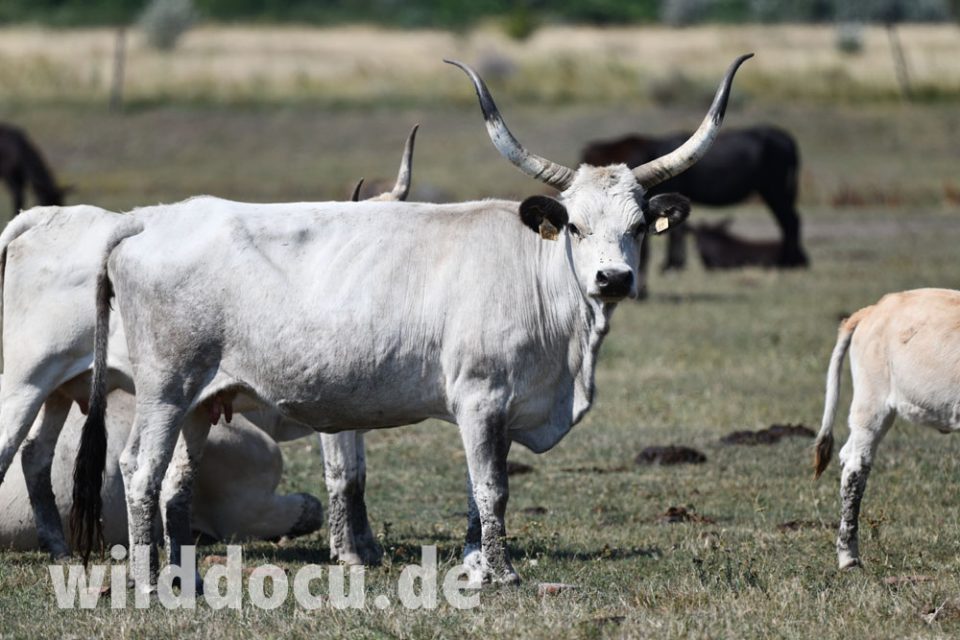
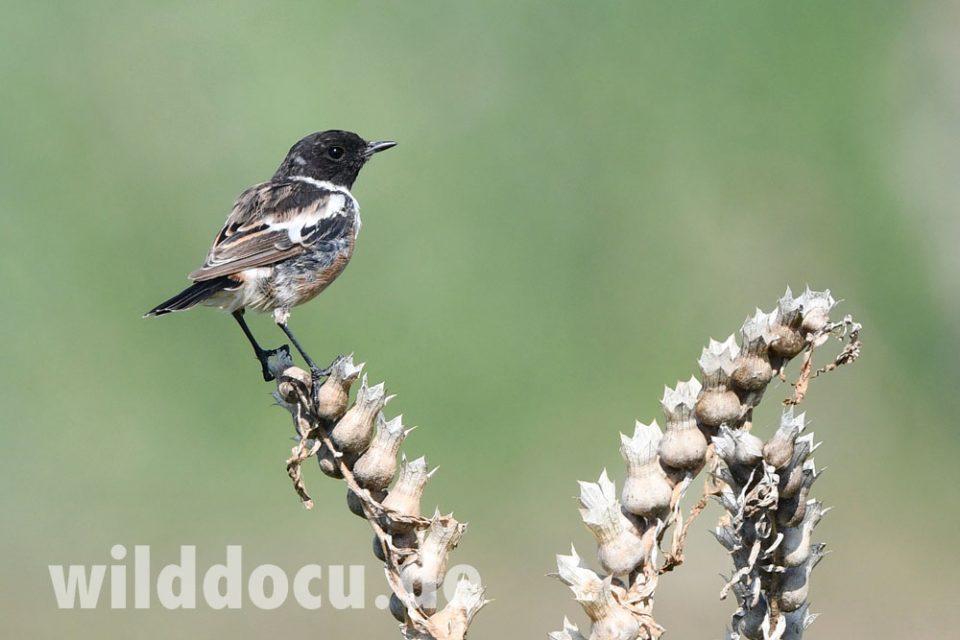
Last stop in Hortobagy National Park is the Kaparó Csárda area. Kaparó Csárda is a restaurant. Just opposite sand used to be excavated, leaving steep walls, ideal for Sand Martins and Bee-eaters to nest in. But again the site is in poor condition. Since it is man-made, it has to be maintained. Instead I find the pit overgrown. If nothing happens, the birds will soon disappear.
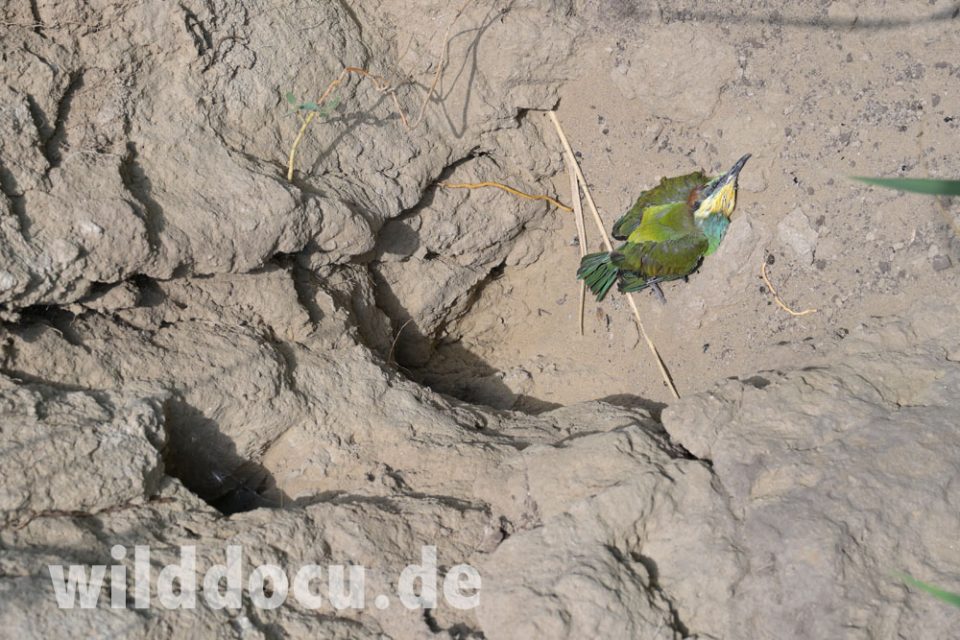
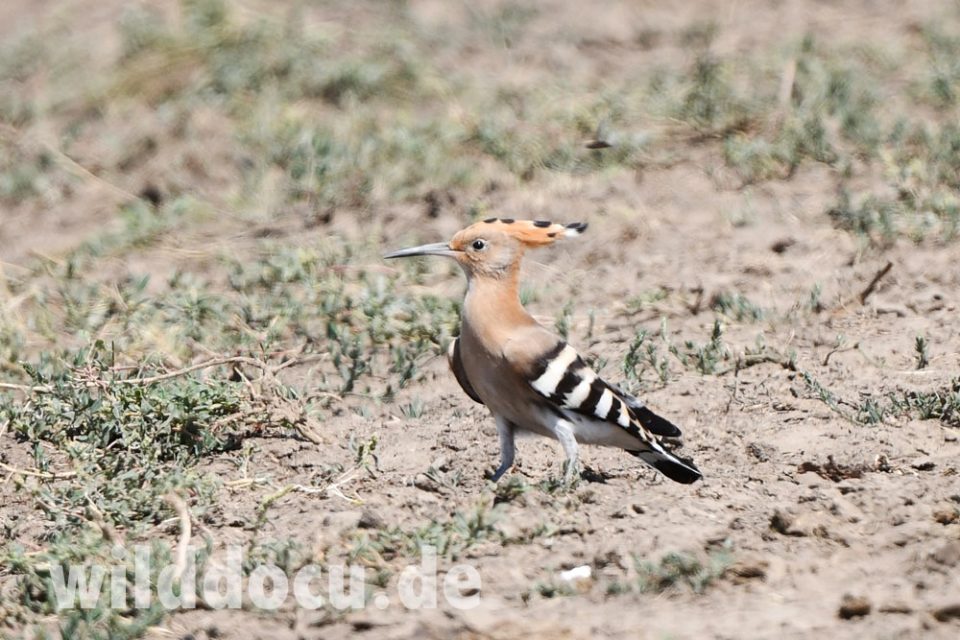
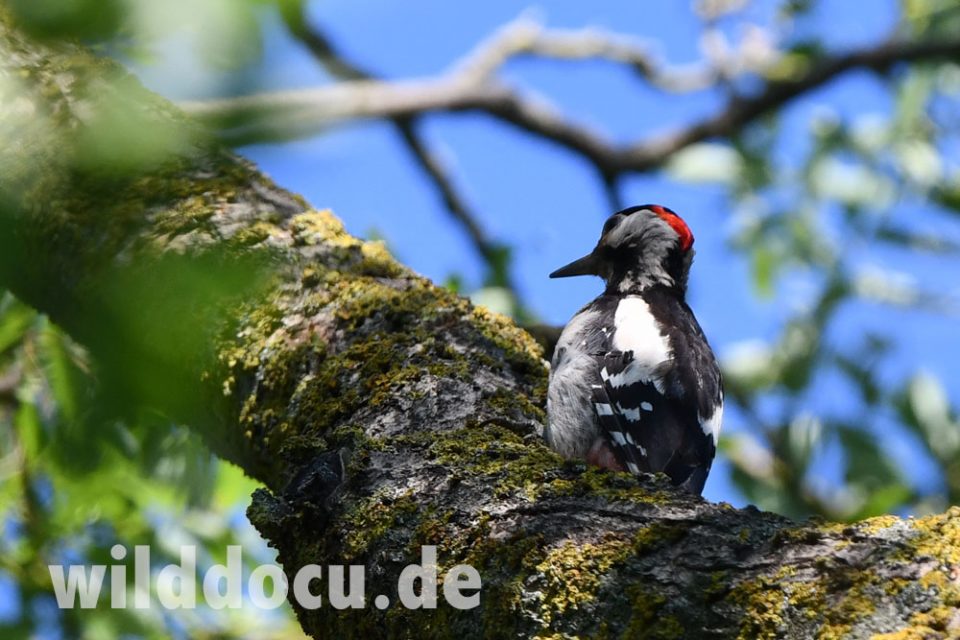
Summary Hortobagy National Park
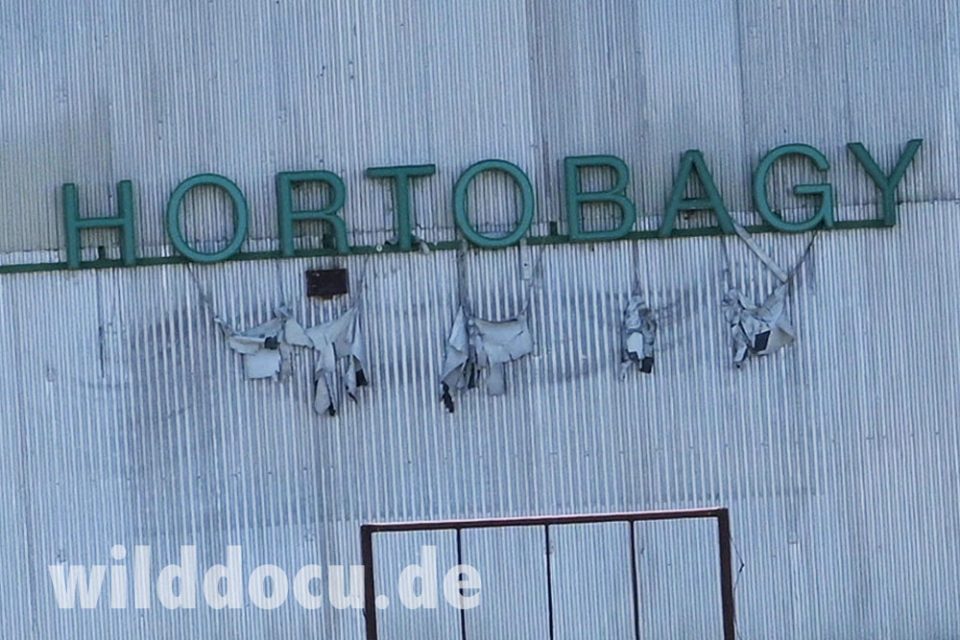
Hortobagy is supposed to be Europe’s “largest and most noted steppe in Central Europe” (german Wikipedia entry). As I see it, the National Park is in a very poor state. Where there could be thousands of ungulates – Roe Deer, Red Deer, Przewalski’s horses, back-bred Tarpan, maybe even Saiga, instead there is not much to find.
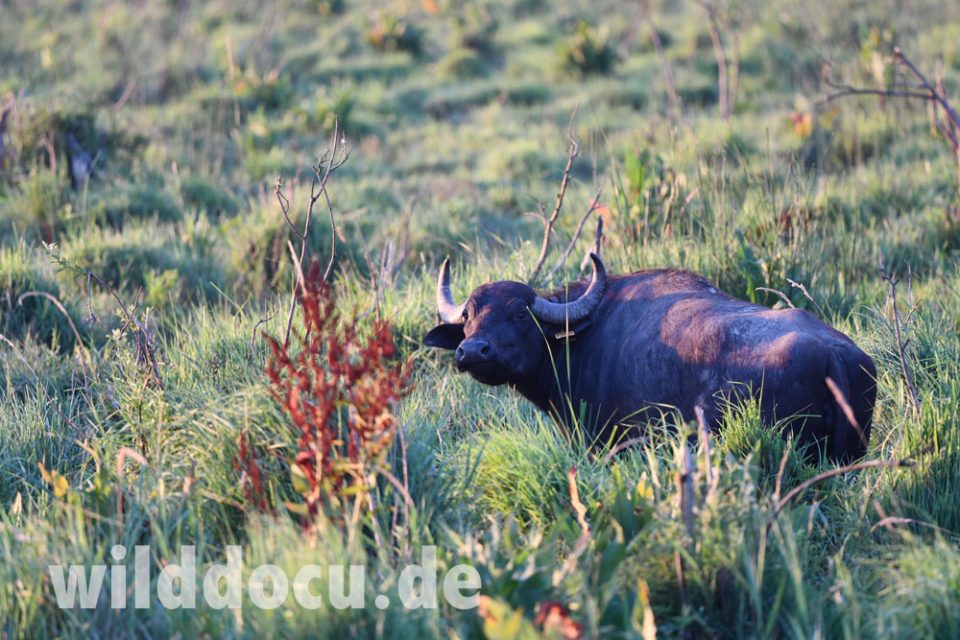
The European Ground Squirrel should have it’s stronghold here – with its entourage of steppe polecats, stoats and jackals. Instead there is nothing.
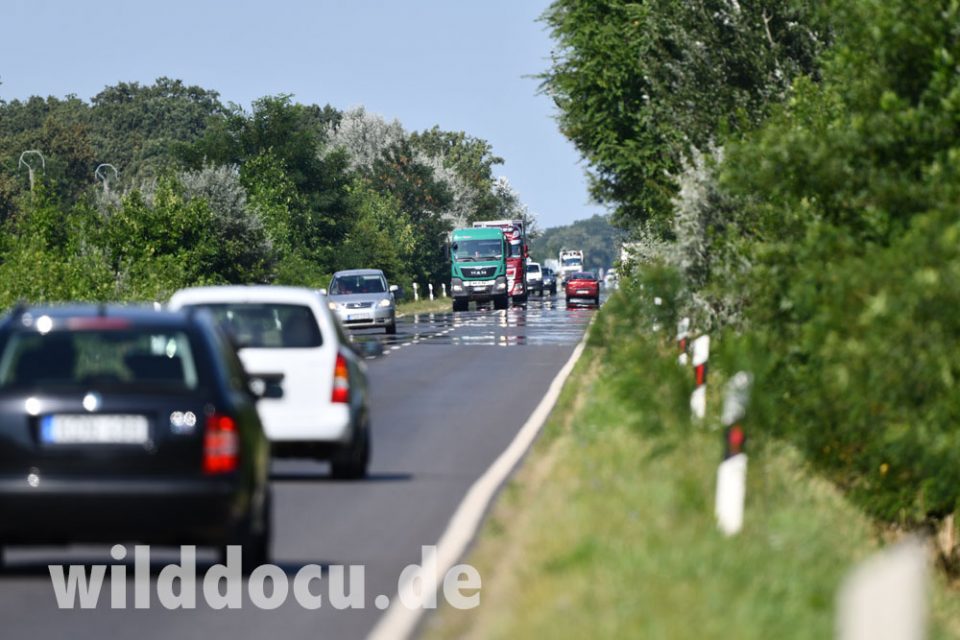
Road 33 dissects the landscape. There are no wildlife fences, no overpasses and no real parking bays for wildlife and bird viewing, instead it is a road of death.
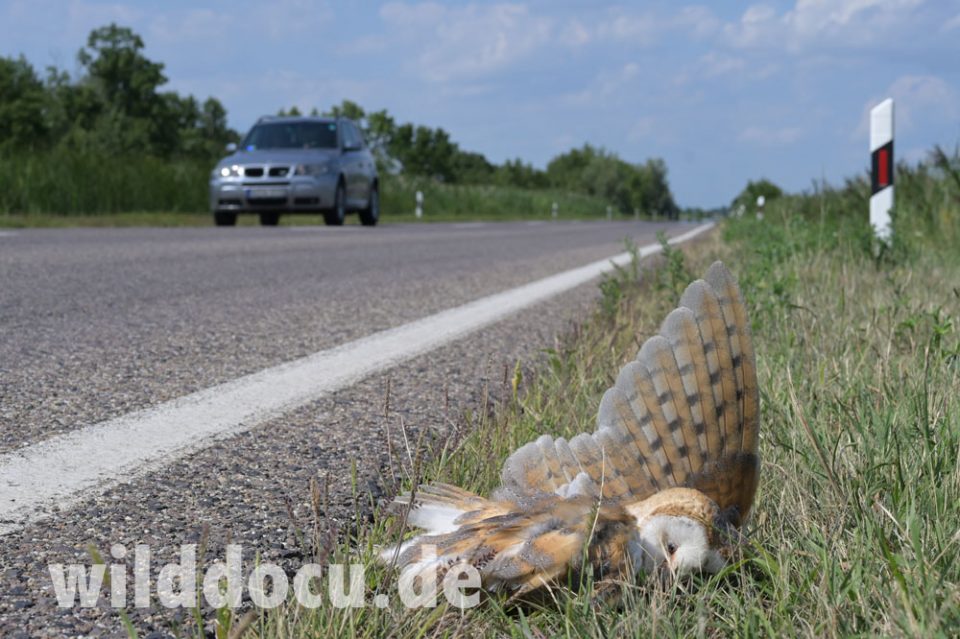
In my dreams I see a billionaire bringing back the animals to Hortobagy, establish wildlife safaris and turning the run-down farm buildings into wildlife viewing lodges. I am sure Hortobagy is THE place in Europe to prove that mammal watching can recover the economy.
It’s already afternoon when I start to drive towards Lake Balaton.
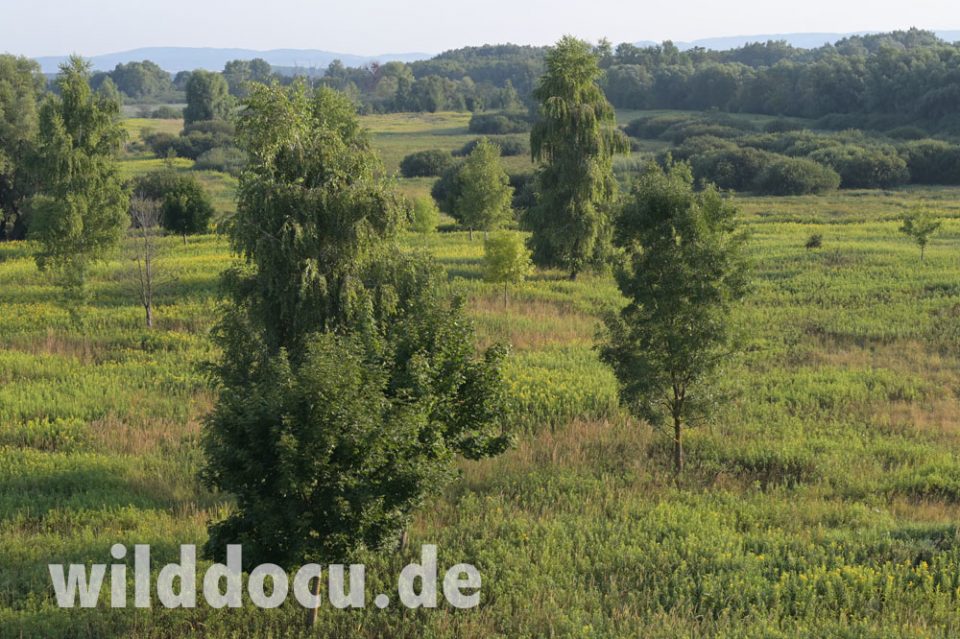
I arrive in the evening in the southwestern corner of this national park, just as a nature photographer gets back to his car. I start a conversation and he shows me some pictures of a jackal on his camera. Wow, that’s promising!
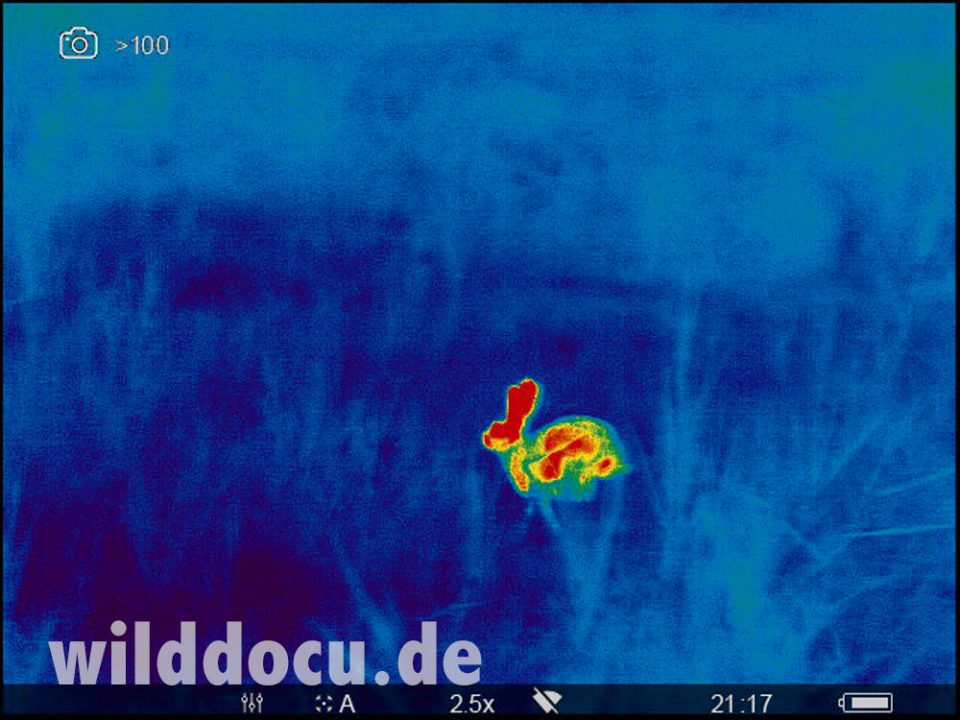
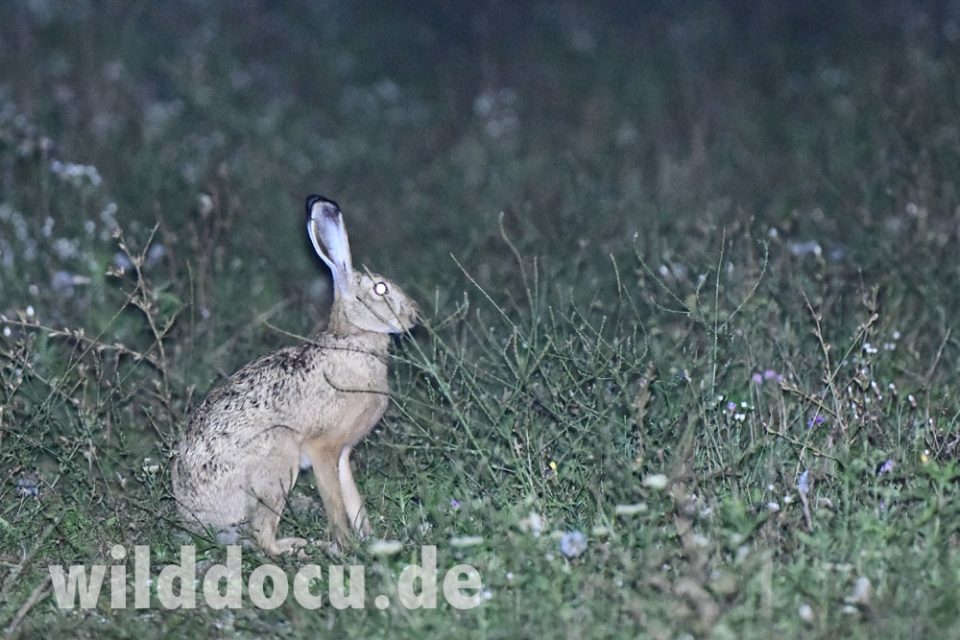
I start a night walk. It is hot, calm, humid and the mosquitos have a hard time to find a spot in my face that is yet not occupied by their own kind. My wildlife encounters start with a European Hare young Roe Deer with many Red Deer (30+) to follow. Late at night I get a possible canid. But it is too far away and to short to be sure it is a jackal.
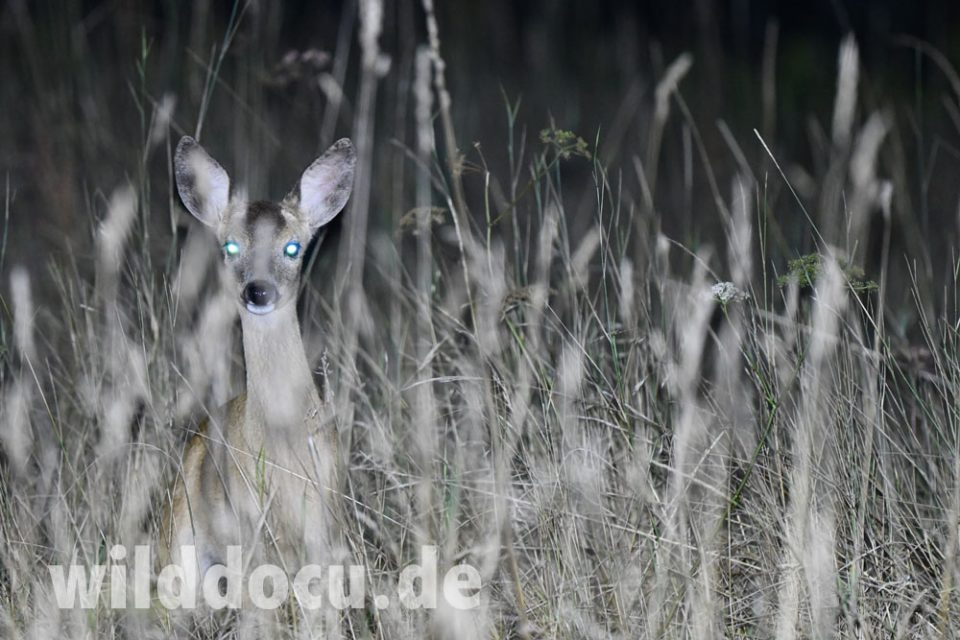
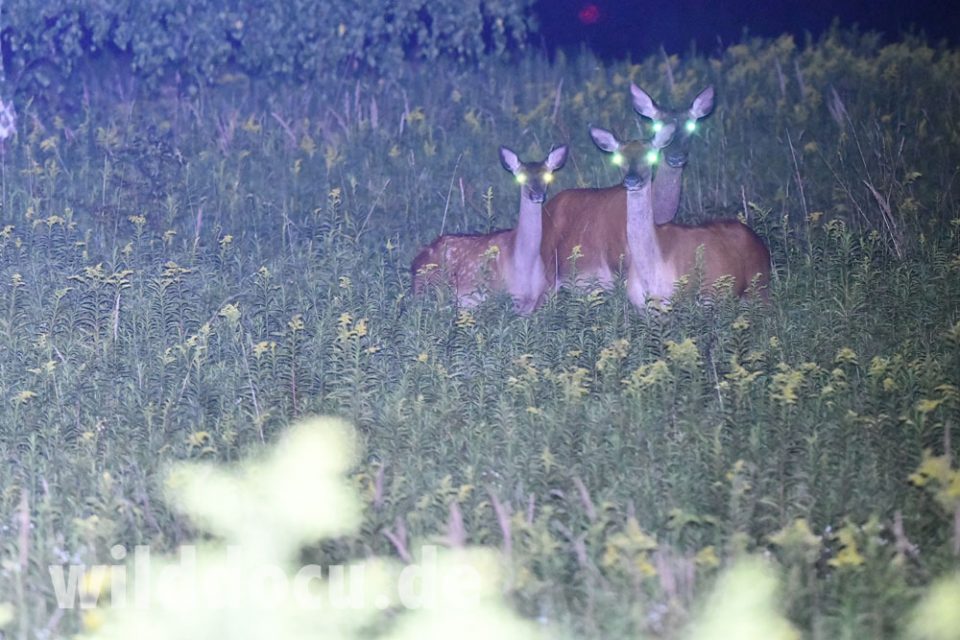
It is a perfect night for bats. Between 22:09 and 22:21 – in just 12 minutes – my detector lists eight species:
Bechstein’s Myotis (Myotis bechsteinii) – germ.: Bechsteinfledermaus;
Lesser Noctule (Nyctalus leisleri) – germ.: Kleine Abendsegler;
Kuhl’s Pipistrelle (Pipistrellus kuhlii) – germ.: Weißrandfledermaus,
Particoloured Bat (Vespertilio murinus) – germ.: Zweifarbfledermaus;
Nathusius’ Pipistrelle (Pipistrellus nathusii) – germ.: Rauhautfledermaus;
Common Serotine (Eptesicus serotinus) – germ.: Breitflügelfledermaus;
Soprano Pipistrelle (Pipistrellus pygmaeus) – germ.: Mückenfledermaus;
Daubenton’s Myotis (Myotis daubentonii) – germ.: Wasserfledermaus
13.8.: During the morning walk I document a vey nice Roe Deer buck, nervously running around. Obviously it is still rutting season. Some late Red Deer vanish into the forest. So does a Red Fox (Vulpes vulpes). And while I enjoy my muesli for breakfast at around 8 am a River Otter (Lutra lutra) trotts across a nearby mowed meadow, about 200 metres away from the next creek – a real highlight!
